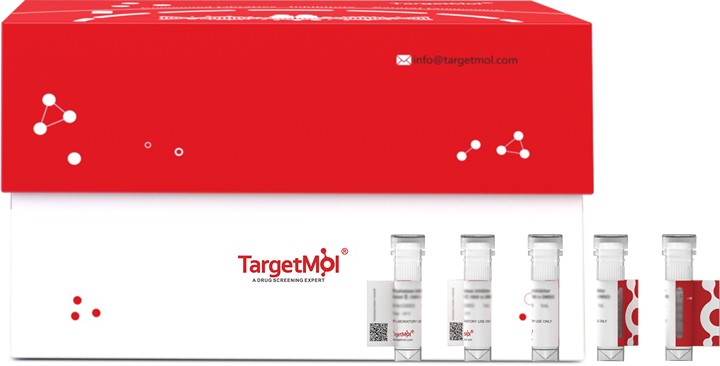Shopping Cart
- Remove All
 Your shopping cart is currently empty
Your shopping cart is currently empty

C1 inhibitor Protein, Human, Recombinant (His) is expressed in HEK293 mammalian cells with His tag. The predicted molecular weight is 54.3 kDa and the accession number is E9KL26.

| Pack Size | Price | Availability | Quantity |
|---|---|---|---|
| 100 μg | $287 | 7-10 days | |
| 1 mg | $1,870 | 7-10 days |
| Biological Activity | Measured by its ability to inhibit recombinant human complement component C1s cleavage of a colorimetric peptide substrate, N-carbobenzyloxy-Lys-ThioBenzyl ester (Z-K-SBzl). The IC50 is < 15 nM. |
| Description | C1 inhibitor Protein, Human, Recombinant (His) is expressed in HEK293 mammalian cells with His tag. The predicted molecular weight is 54.3 kDa and the accession number is E9KL26. |
| Species | Human |
| Expression System | HEK293 Cells |
| Tag | C-His |
| Accession Number | E9KL26 |
| Synonyms | serpin peptidase inhibitor, clade G (C1 inhibitor), member 1,HAE2,HAE1,C1NH,C1INH,C1IN |
| Construction | A DNA sequence encoding the human SERPING1 (NP_000053.2) precursor (Met 1-Ala 500) was expressed with a polyhistidine tag at the C-terminus. Predicted N terminal: Asn 23 |
| Protein Purity | > 95 % as determined by SDS-PAGE. |
| Molecular Weight | 54.3 kDa (predicted); 110 kDa (reducing condition, due to glycosylation) |
| Endotoxin | < 1.0 EU/μg of the protein as determined by the LAL method. |
| Formulation | Supplied as sterile PBS, pH 7.4. |
| Reconstitution | A Certificate of Analysis (CoA) containing reconstitution instructions is included with the products. Please refer to the CoA for detailed information. |
| Stability & Storage | It is recommended to store the product under sterile conditions at -20°C to -80°C. Samples are stable for up to 12 months. Please avoid multiple freeze-thaw cycles and store products in aliquots. |
| Shipping | Shipping with blue ice. |
| Research Background | Plasma protease C1 inhibitor, also known as C1-inhibiting factor, C1-INH, C1 esterase inhibitor, SERPING1 and C1IN, is a serine proteinase inhibitor (serpin) that regulates activation of both the complement and contact systems. By its C-terminal part (serpin domain), characterized by three beta-sheets and an exposed mobile reactive loop, C1-INH binds, and blocks the activity of its target proteases. The N-terminal end (nonserpin domain) confers to C1-INH the capacity to bind lipopolysaccharides and E-selectin. Owing to this moiety, C1-INH intervenes in regulation of the inflammatory reaction. The heterozygous deficiency of C1-INH results in hereditary angioedema (HAE). Owing to its ability to modulate the contact and complement systems and the convincing safety profile, plasma-derived C1 inhibitor is an attractive therapeutic protein to treat inflammatory diseases other than HAE. Deficiency of C1 inhibitor results in hereditary angioedema, which is characterized by recurrent episodes of localized angioedema of the skin, gastrointestinal mucosa or upper respiratory mucosa. C1 inhibitor may prove useful in a variety of other diseases including septic shock, reperfusion injury, hyperacute transplant rejection, traumatic and hemorrhagic shock, and the increased vascular permeability associated with thermal injury, interleukin-2 therapy and cardiopulmonary bypass. |

Copyright © 2015-2025 TargetMol Chemicals Inc. All Rights Reserved.